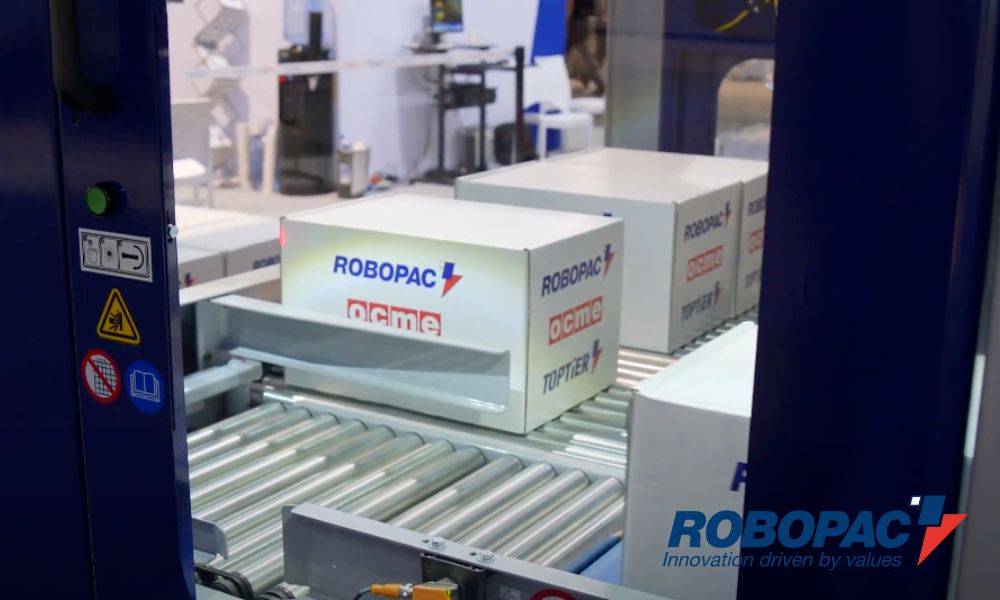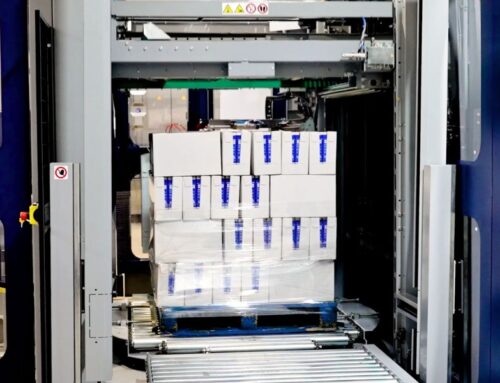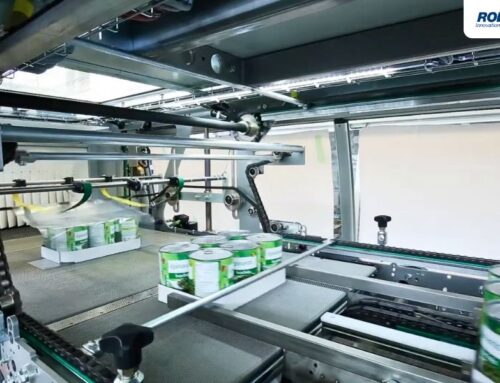Workplace injuries are a significant concern, especially in industries that rely heavily on manual labor, such as manufacturing, warehousing, and logistics. Tasks like lifting heavy pallets, performing repetitive movements, and handling equipment in an unsafe manner can compromise employee well-being. They can also lead to downtime, financial losses, and regulatory scrutiny. Explore how automation helps reduce workplace injuries while improving productivity and morale.
Minimizing Repetitive Strain
Repetitive tasks, such as stacking, loading, and shifting pallets, are often the culprits behind injuries like carpal tunnel syndrome and tendonitis. These injuries are caused by overusing specific muscles or tendons during repetitive motion. Automation systems efficiently perform these tasks, reducing the risk of long-term strain and fatigue in employees.
Additionally, removing employees from monotonous and physically demanding tasks can boost workplace morale. When workers are assigned more engaging and safer responsibilities, their mental well-being improves alongside their physical health. This positive shift in morale can lead to increased employee satisfaction and retention.
Reducing Manual Lifting
One of the most common causes of workplace injuries is physical strain from manual lifting. Tasks like moving and stacking heavy pallets put immense pressure on employees’ backs, shoulders, and joints, leading to injuries over time. Using automatic palletizers from Robopac USA alongside various conveyor systems eliminates the need for employees to lift, stack, or move heavy items manually.
By reducing the requirement for manual handling, automation not only minimizes the chances of immediate injuries but also prevents the development of long-term musculoskeletal disorders. Employees can focus on other tasks that don’t put their physical health at risk, creating a healthier and more injury-free workplace. This shift dramatically impacts both individual well-being and overall workplace safety metrics.
Improving Safety Protocols
Automated systems come equipped with built-in safety features like advanced sensors, emergency stop functions, and pre-programmed controls. These features make automation incredibly reliable and predictable, significantly reducing the likelihood of workplace injuries. By handling pallets with precise movements, automated systems ensure workers are not exposed to hazardous tasks or unexpected mishaps often caused by human error.
With automation managing these high-risk jobs, workplace safety becomes easier to enforce and maintain. Businesses also benefit from a reduction in lost workdays and compensation claims, all thanks to establishing a safer working environment through automation.
Enhancing Workplace Ergonomics
In automated packaging lines, machines are strategically placed to create setups that reduce awkward postures, repetitive stretching, and excessive bending. Automated tools and equipment can be calibrated to optimize height, reach, and alignment, directly addressing ergonomic concerns that lead to workplace injuries.
A more ergonomically sound workplace also fosters efficiency. Employees are able to perform their required tasks without discomfort, leading to higher levels of productivity. Over time, creating such an environment not only minimizes risks but also improves overall satisfaction, making the workplace safer and more efficient for everyone.
Investing in automation is a key step toward preventing the need for manual lifting, minimizing repetitive strain, improving safety protocols, and enhancing ergonomics. With advanced packaging equipment, businesses can protect their employees while boosting productivity. Update your production line with integrated machines that reduce injuries and improve efficiency.







